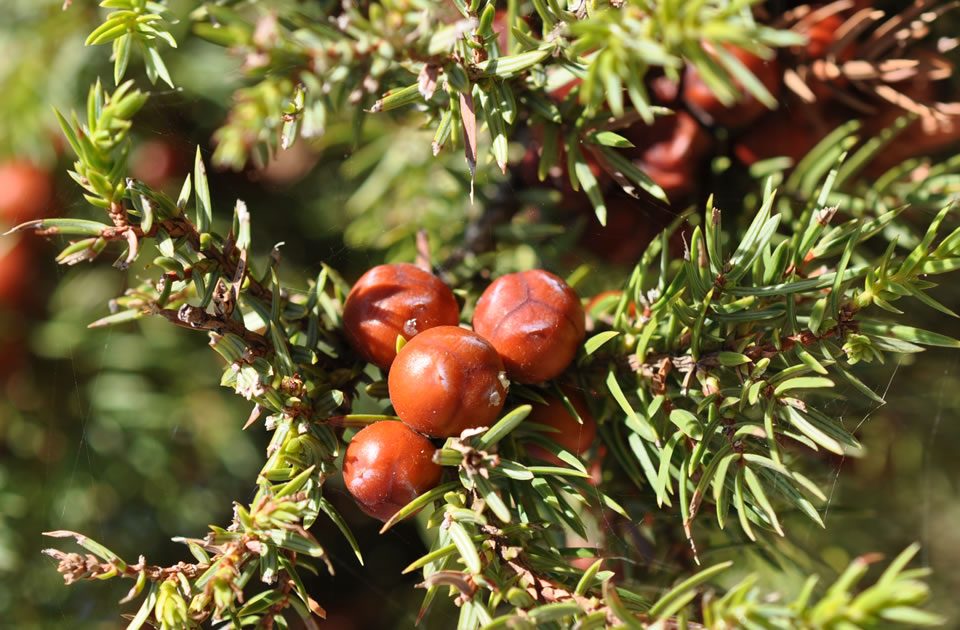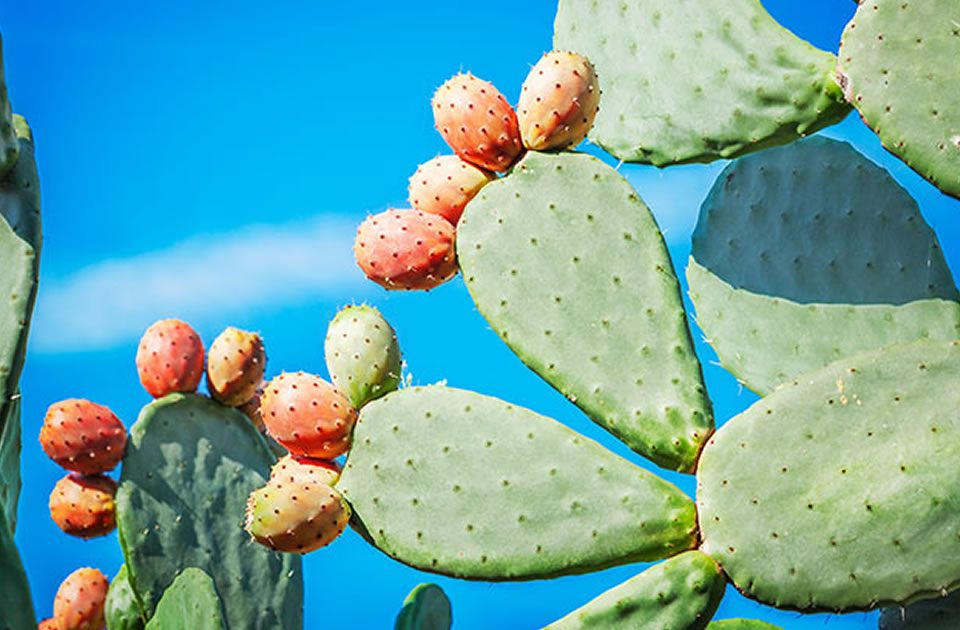
Myrtle

The present day olive tree is thought to have been cultivated from the Oleaster bush about 3500BC in Crete and Syria simultaneously. Thereafter it rapidly spread throughout the region due to its culinary and economic value. Cultivation methods vary slightly in the different regions and on Corfu the trees are not pruned and are therefore much larger than elsewhere. Many of the trees are hundreds of years old with some reputed to be up to six hundred years. Some are virtually hollow due to their knarled and distorted trunks. Today olive groves cover more than 40% of the island. Here the fruit is left to mature on the tree until it falls naturally as this is said to increase the value of the oil.
Other Mediterranean areas use mechanical tree shakers or beat/comb the fruit from the trees. The fruit is harvested with large black nets spread beneath each tree from November to April. Once gathered the olives are brought to the olive press where they are crushed and then the oil is extracted from the paste by mechanical means followed by filtration to remove any remaining particles. Olive oil is the only oil that can be consumed without any further processing once extracted from the fruit.
Olive oil is extremely beneficial for the cardio vascular system, which is evident in the longevity of many Corfiot residents. The olive fruit fly, which is by far the greatest threat to the olive crop, has been the subject of much debate especially regarding its eradication as on Corfu and most other countries this has been done to date using helicopters to aerial spray insecticides. This has led to uneasiness regarding the long-term effects of these insecticides on both the human population and the beneficial insects of the island and ultimately the food chain. Recently a comprehensive study of the olive fruit fly was carried out by Scientists Fletcher and Kapatos in unsprayed olive groves on Corfu, which has led to a better understanding of the population ecology of the olive fruit fly. This study in turn has helped worldwide development of alternative methods of control most notably Pheromone traps, which are now the only allowable method of control in some areas of Corfu.



